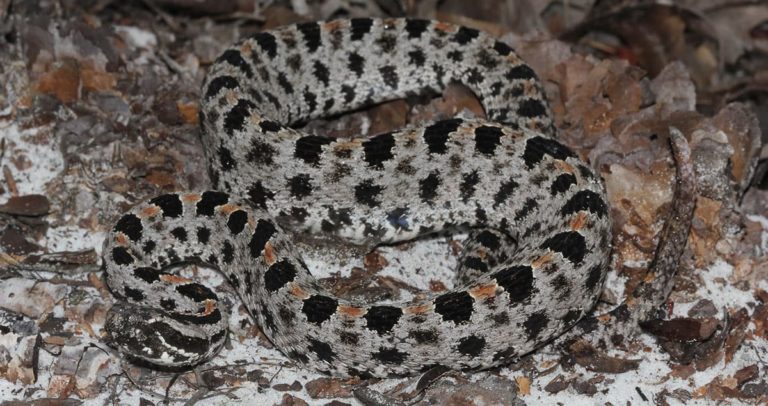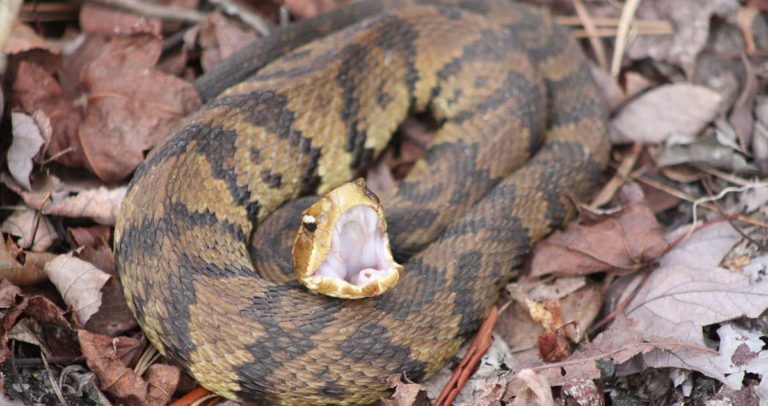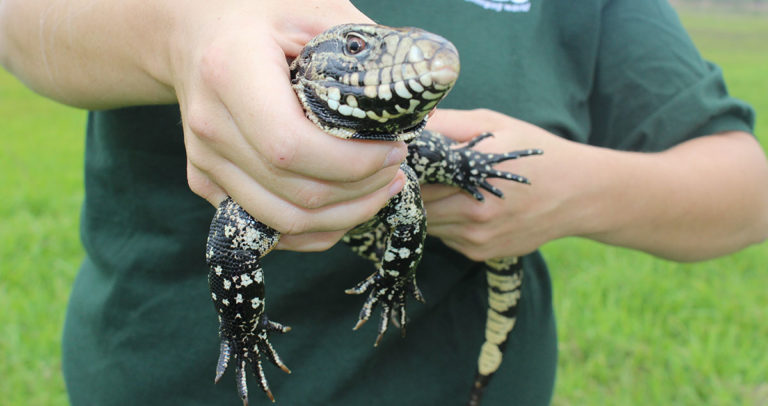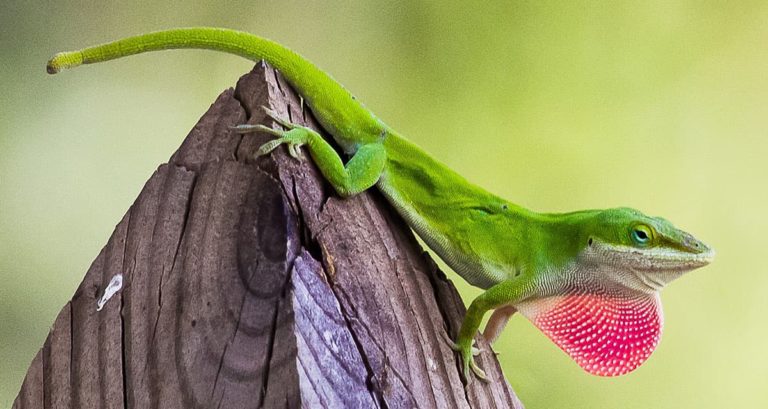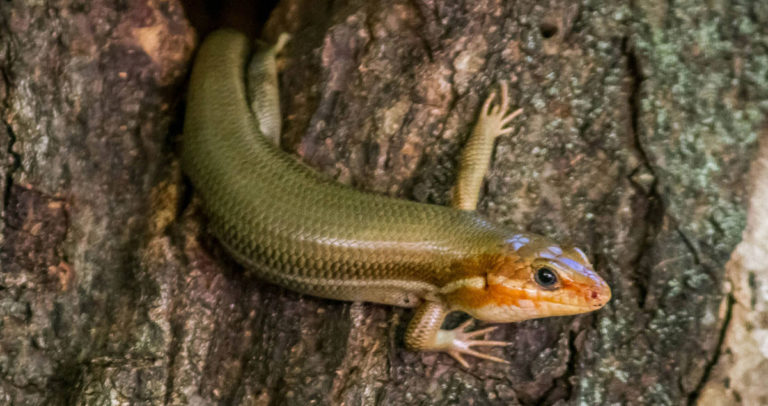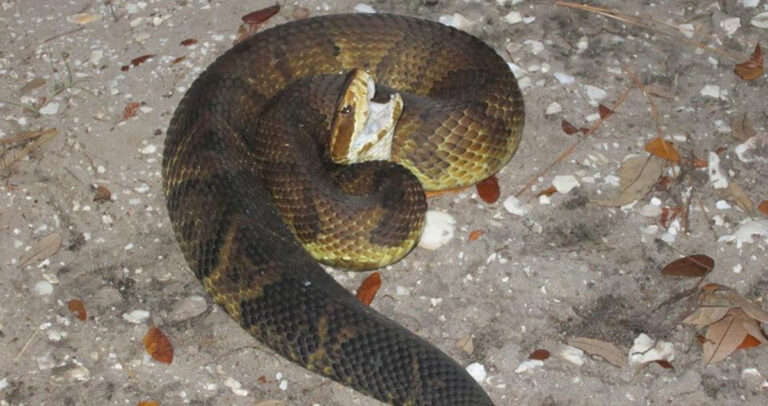What Lizards Eat in Georgia
Georgia’s diverse landscapes are home to an incredible array of lizard species, each with unique dietary preferences and hunting strategies. Understanding what lizards eat is essential for appreciating their role in maintaining healthy ecosystems and balancing the populations of various prey species. In this comprehensive article, we’ll delve into the diets of different lizard species found in Georgia and explore how their eating habits vary.
Lizard Diets: General Overview
Insectivores
The majority of lizard species in Georgia are insectivores, which means their primary food source is insects. These lizards play a crucial role in controlling insect populations and reducing pests in their ecosystems. Some examples of insectivorous lizards in Georgia include the green anole, fence lizard, and six-lined racerunner.
Carnivores
Some lizards in Georgia have a more carnivorous diet, meaning they consume other animals such as smaller lizards, rodents, birds, and even eggs. The larger the lizard, the more likely it is to prey on larger animals. The broad-headed skink and the invasive black and white tegu are examples of carnivorous lizards found in Georgia.
Omnivores
A few lizard species in Georgia are omnivorous, consuming both plant material and other animals. This diverse diet helps them adapt to a variety of habitats and food availability. The black and white tegu, which is an invasive species in Georgia, is an example of an omnivorous lizard.
Georgia’s Lizard Species and Their Diets
Green Anole (Anolis carolinensis)
Green anoles primarily consume insects such as crickets, flies, spiders, and moths. They have a sit-and-wait hunting strategy, perching on branches or leaves and waiting for prey to approach before striking with lightning-fast speed.
Eastern Fence Lizard (Sceloporus undulatus)
Eastern fence lizards are insectivores, feeding on a variety of insects like ants, beetles, spiders, and grasshoppers. They actively forage for food, using their keen eyesight to locate and ambush their prey.
Six-Lined Racerunner (Aspidoscelis sexlineata)
These speedy lizards are insectivores, dining on a variety of insects such as grasshoppers, crickets, beetles, and spiders. Their impressive speed allows them to chase down and capture their prey with ease.
Ground Skink (Scincella lateralis)
Ground skinks are insectivorous, preying on small insects, spiders, and other invertebrates. They primarily forage in leaf litter and under vegetation, where they use their speed and agility to capture prey.
Broadhead Skink (Plestiodon laticeps)
Broadhead skinks are carnivorous, preying on a variety of animals such as insects, spiders, smaller lizards, and even small rodents or bird eggs. Adult males with their larger size and powerful jaws can consume more substantial prey items compared to juveniles and females.
Invasive Black and White Tegu (Salvator merianae)
The black and white tegu is an omnivore, consuming a diverse diet that includes fruits, vegetables, insects, small mammals, birds, reptiles, and eggs. This invasive species’ voracious appetite can have significant impacts on native ecosystems and prey populations.
Final Thoughts
Georgia’s lizards are fascinating creatures with diverse diets that play an essential role in maintaining the balance of their ecosystems. By understanding their eating habits, we can better appreciate their ecological significance and work towards conserving these unique reptiles and their habitats. From insectivorous species like the green anole and eastern fence lizard to the omnivorous, invasive black and white tegu, the variety in diets among Georgia’s lizard species highlights the complexity and interdependence of the state’s ecosystems. Promoting awareness of these incredible creatures and their dietary habits is an important step towards protecting Georgia’s native wildlife and preserving the natural environments that these lizards call home.
*Lead photo courtesy of Peter and Michelle S. under creative commons license

